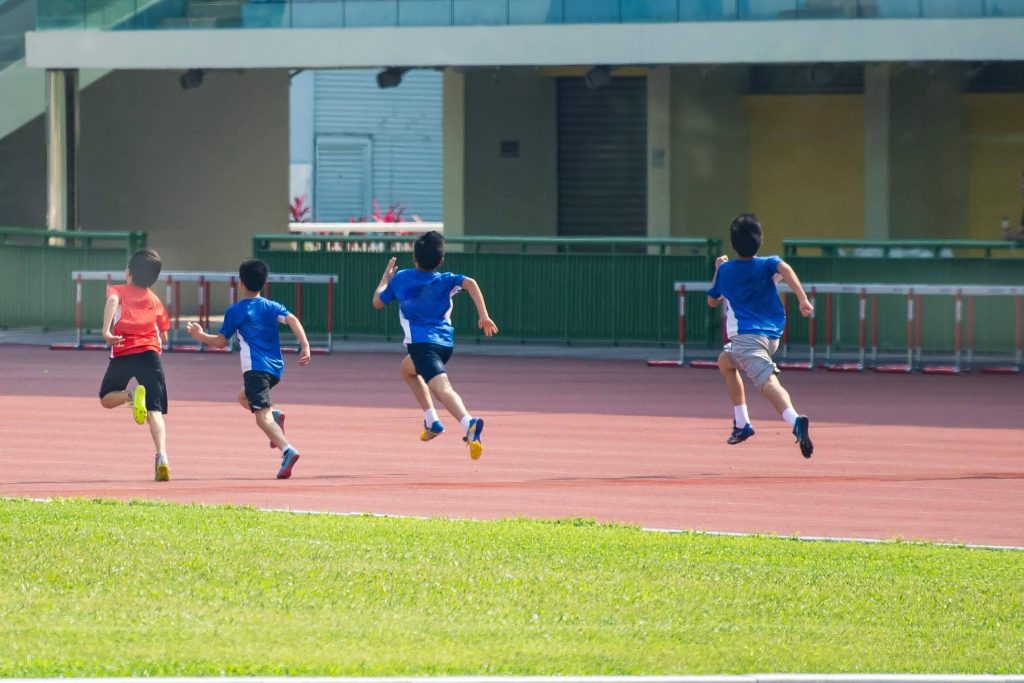Most parents like their children to play sports as a hobby. Sports and physical activity are health, and the WHO recommends at least one hour of sports a day for children. Sports have always been and will be one of the bases of child development. By improving physical capacity throughout the child’s life, we will avoid most of the diseases that in the future will accompany that part of the population that ignores sports activity and enjoys more other pleasures such as cooking, television or mobile computing.
But what happens when children start to take it as something more?
We all know that sport is life, but have we ever wondered at what point it starts to become counterproductive?
- The obsession with sport.
- Possible injuries (a Sever (inflammation of the growth plate in the heel) very common in childhood ages, or Osgood-Schlatter syndrome (inflammation and irritation of the growth cartilage on the top of the tibia).
- Frustration of the child for not achieving his or her sporting goals.
- Eating disorders
These are some of the negative aspects that have always accompanied competitive sports in children.
The risk of obsession can occur in any aspect of life, when the balance and guidelines to follow are broken.
It is clear that every child athlete has a greater chance of getting injured than one who does not practice, which is why training must be directed by professionals trained in all disciplines (including pedagogy, anatomy, nutrition, physiology, and sports technique in question) and if It is possible backed by a federation.
Once this point has been resolved, let’s remember that training improves:
- Physical capabilities at an aerobic and anaerobic level, coordination capacity, as well as improving intellectual capacity since there are studies that confirm that athletic children perform better in school than those who do not practice sports.
- Of course, the secretion of endorphins when exercising helps raise self-esteem, making them feel better, relationships with other children are improved, since most sports are team sports and helps them integrate into new groups of friends.
So far we have highlighted the positive points of training, but what does competing give children?
When you compete, you face fears, you face situations of nerves, stress,…. frustration, acceptance, knowing how to lose…in short, they are preparing for life and the future that awaits them.
Competitive sports in children’s ages should be aimed at fun, enjoyment of their sporting activity, team sports, improving technique using games and helping them learn that humility and respect is the universal norm.
There is nothing more exemplary than what I observed this Saturday in Pozuelo de Alarcón in a minor athletics competition, seeing that when one of the girls who was running at speed tripped and fell to the ground at full speed, each and every one of them The girls who were running next to her were immediately concerned about her state of health and in a few seconds the audience applauded so that, standing up with tears in her eyes, she would leave the track with pride and courage. That girl came out stronger to face life.
That girl came out stronger to face life. Each parent will have their opinion on this issue and everything is respectable, it does not mean that because a child does not play sports he will end up on drugs or drinking and failing in studies, but If we bring our children closer to good habits, they will have better habits tomorrow.



